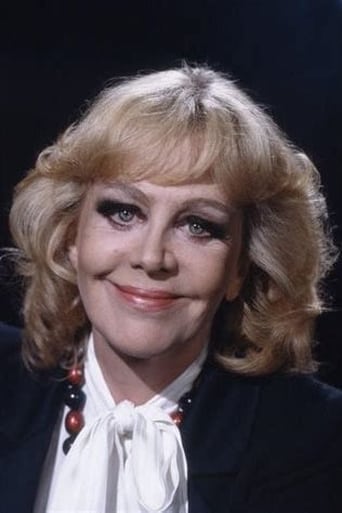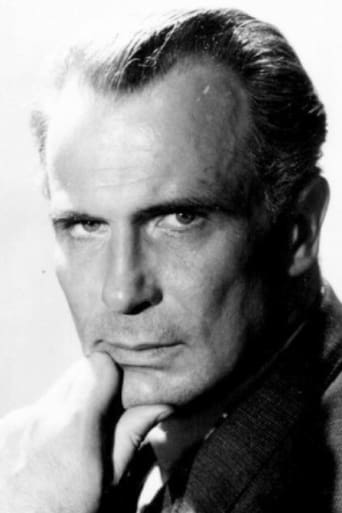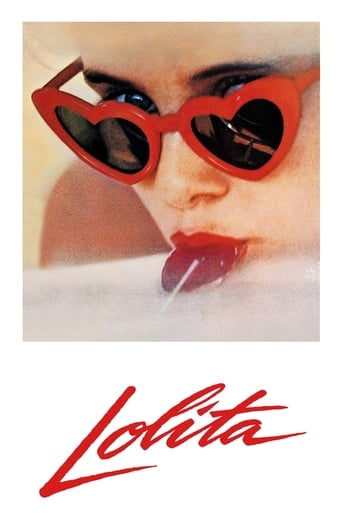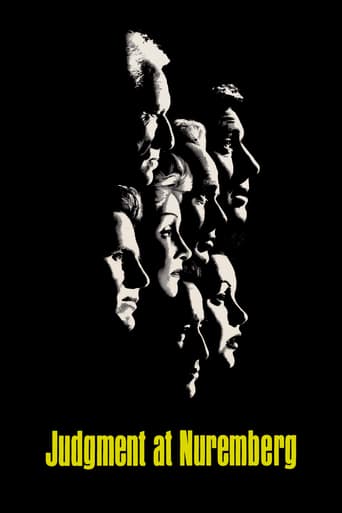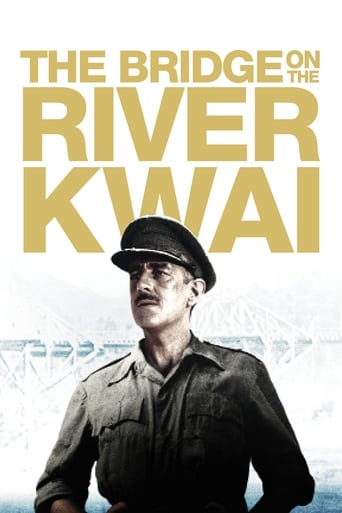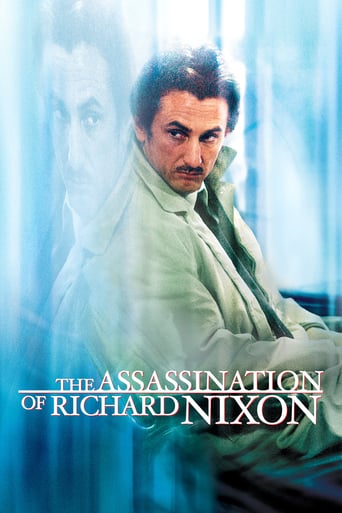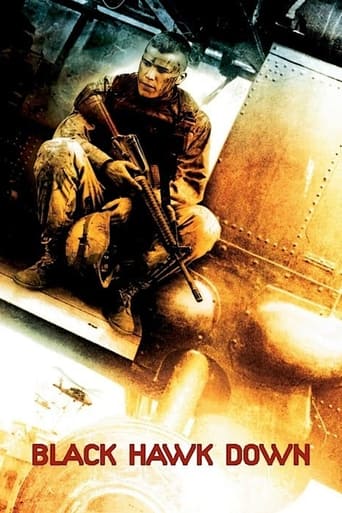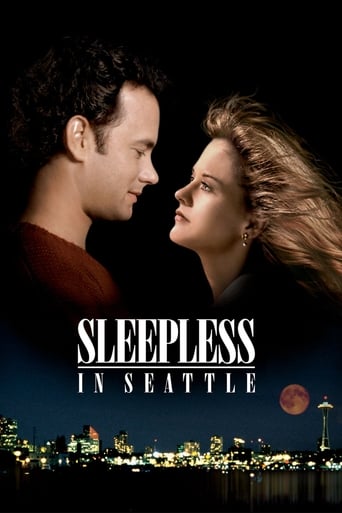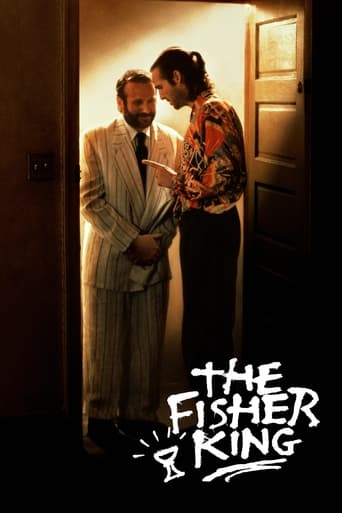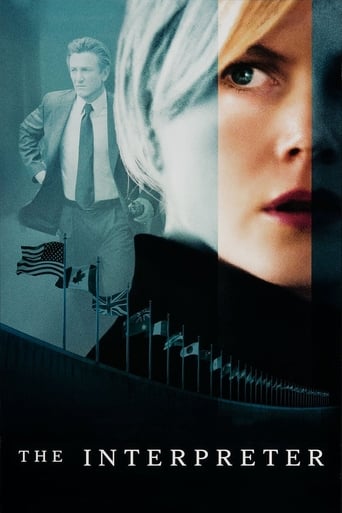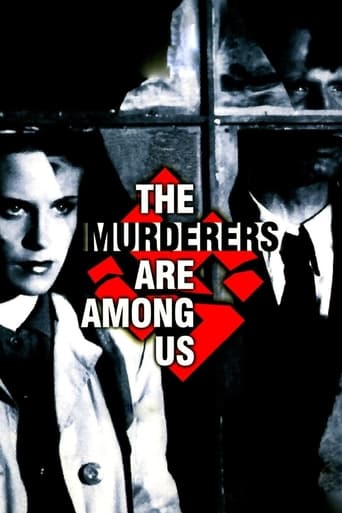
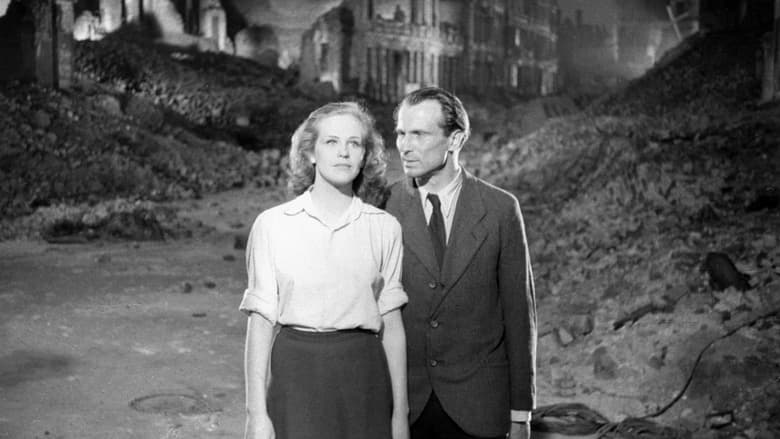
The Murderers Are Among Us (1946)
After returning from a concentration camp, Susanne finds an ex-soldier living in her apartment. Together the two try to move past their experiences during WWII.
Watch Trailer
Cast


Similar titles
Reviews
Such a frustrating disappointment
I enjoyed watching this film and would recommend other to give it a try , (as I am) but this movie, although enjoyable to watch due to the better than average acting fails to add anything new to its storyline that is all too familiar to these types of movies.
An old-fashioned movie made with new-fashioned finesse.
The movie really just wants to entertain people.
"Die Mörder sind unter uns" or "The Murderers Are Among Us" is a German black-and-white film from 1946, so this one has its 70th anniversary this year already. Writer and director is Wolfgang Staudte and he sure did not waste any time in trying to begin the German coming to terms with the events of the last 10 years. This one is about a man who fought in World War II, but it plays after the war already and the core of the movie is the man running into one of his commanders from the days of war, a man who instructed him and other soldiers to kill many innocent people, including women and children. In theory, this is a very interesting plot, but somehow I was not too well entertained by this story, not half as much as I hoped I would be.And then there is, of course, also the story of Hildegard Knef's character. Knef is certainly the most known actress from the cast here and still a name people now in Germany of the 21st century. I am afraid this cannot be said about Staudte or lead actor Wilhelm Borchert. But back to her character: She plays a woman after the war who comes back home from a concentration camp and tries to live a somewhat normal life again. Her character is mostly included to soothe the emotional pain of Borchert's character, but honestly, she did almost absolutely nothing for me. Her story could have been so much more interesting with her character's background and early on she seemed as much of a lead as Borchert, but the longer the film ran, the more her character disappeared out of the focus, only to get in fully again, pretty much out of nowhere, at the climax scene in the end.I believe the story of these two people had a lot more potential than the filmmaker managed to deliver us here. This could have been one of the truly great films made right afterward World War II, because it was so spot-on with the life at this period and the political impact it had. I also believe the actors, especially the lead actor were better than they could show us here because of the baity script that eventually lacks depth though. This is not a problem of the runtime. The film is fairly short, barely makes it to 80 minutes, but yet lacks focus considerably. I do not recommend "Die Mörder sind unter uns". Thumbs down for this great idea lost in execution.
MURDERERS Among US is the first film that was made in Germany after the end or WW 2.It was made in Berlin amidst all the rubble. The Interior sets look like the actual half ruined apartments. It is in Black & White & exceptionally realistic. It proves one more time,how actually Black & White cinematography can be.The directer was noted German director Wolfgang Staudte.He & his father Fritz wrote the screenplay. We do not know the meaning of the title until near the end of this 81 minute film. This part is well done but grim.Hildegard Knef & Ernst Wilhelm Borchert are excellent in the two leading roles, Ms.Knef did make a few American & English movies. To be kind, she had a better career in European films than she had in English speaking roles,Only reason I cant give this a higher rating is that Ms.Knef looks too healthy to have spent the last 3 years in a concentration camp.Non-the-less this is still a very worthwhile film & should be seen, one reason being the plot is somewhat similar to the current movie' THE READER.Ratings: ***1/2 (out of 4) 95 points (out of 100) 9 (out of 10)
"Report for December 24, 1942. Execution. 36 men, 54 women, 31 children, 347 rounds of ammunition" It's now Berlin, a year after Germany surrendered. The city is little more than destroyed buildings and mountains of uncleared rubble. Susanne Wallner (Hildegarde Knef) has made her way to a crumbing apartment building where she lived before being sent to a concentration camp in 1943. She finds her apartment is now occupied by a man called Hans Mertens (Ernst Wilhelm Borchert). He's withdrawn, depressed, sardonic, and he refuses to leave. She finally says that she is moving in but that he can stay a few days until he finds other quarters. Mertens, it turns out, is a doctor who has lost all desire to do anything but drink. He had been a surgeon assigned to the Germany army in Poland. As he and Susanne tentatively develop feelings for each other, two things happen. He discovers the man who had been the captain of his unit in 1942 is now in Berlin, a happy and confident factory owner, father of two, and untroubled by any war experiences. Ferdinand Brueckner (Arno Paulsen) is a brisk little man with thinning hair, rimless glasses and a small mustache. He tells Mertens, "Every era offers its chances if you find them. Helmets from sauce pans or sauce pans from helmets. It's the same game." Mertens plans to shoot him. Mertens also is called to help a young girl who is slowly suffocating. He reluctantly identifies himself as a doctor. He does not want to do anything, but knows the girl will die if he doesn't take emergency steps. He winds up realizing a new self-worth in his skills as a doctor. He and Susanne begin a much happier time together. Then Christmas Eve brings back all the memories of an atrocity he tried and failed to stop, and of the captain who gave the order to shoot dozens of hostages while he prepared a Christmas Eve celebration for his officers in a village in Poland. Mertens is determined this time to see that justice is done, and so be it if that means he must be a murderer, too. He finds Brueckner in Brueckner's darkened factory. The conclusion is tense but not without hope. This sounds almost melodramatic. The Murderers Are Among Us, however, is anything but. The film was the first movie made in Germany after WWII. It's a sad, thoughtful reflection on the crimes Germany committed and on the need for some kind of accountability. Weaving through the sadness of Mertens, however, is the recognition of how important hope is. The movie, itself, is so well photographed and edited that it remains a gripping piece of work. The film was shot in Berlin and all the bombed-out buildings, the rubble and the sight of Berliners struggling to live is real. Director Wolfgang Staudte brings an effective mixture of expressionism and documentary realism to the film. He creates some wonderful scenes of angled stairways, broken windows, low, upward shots and harsh shadows. And a word about Hildegarde Knef. She has always been one of my favorite actresses. She was an attractive woman but no Hollywood starlet type. She had a long face, a strong mouth, intelligent eyes with a mind you could see working. When she came to La La Land and Hollywood couldn't figure out what to do with her, she shrugged and immediately headed back to Europe, where she became an international star. She had a great success later on Broadway as Ninotchka in Cole Porter's Silk Stockings. She's one of the best reasons for watching The Lost Continent. (Eric Porter is the other.)
Murderers Among Us is the first film made, of a vast trove of films, in the Soviet controlled sector of post-war Germany that was to become East Germany. It is deeply and masterfully immersed in the aesthetic traditions of German Expressionism and /or Film Noir: unusual angles and picture planes, extreme lighting effects, twisted stairs, bombed-out buildings that look like jagged fingers against the sky (it was shot in the ruins of Berlin), a haunted, tormented protagonist, stark black and white atmosphere, and, above all, shadows. Shadows and more shadows of every size, shape, and density. In fact this film could serve as a text book on shadow craft: the scene where a man is screaming from within the vast shadow of a pistol wielding attacker is magnificent. I haven't seen The Third Man recently but I am sure Murderers influenced it profoundly. I would recommend the Third Man as a good double feature with this film.Murders belongs to a genre called 'rubble films', shot in the rubble of Germany and frequently dealing with issues of German guilt after WW II. Murderers does not seek to deal overmuch with the people who gave the orders, but with the many Germans who followed them with little or no protest. Such as the wounded doctor in this film who stood by while even children were executed as reprisals against resistance fighters in occupied Poland. Plotwise the film works quite nicely, and I liked the atmosphere of renewal, and perhaps relief at the end of a nightmare, amongst all that ruin and rubble as the German people began to pick themselves up.


